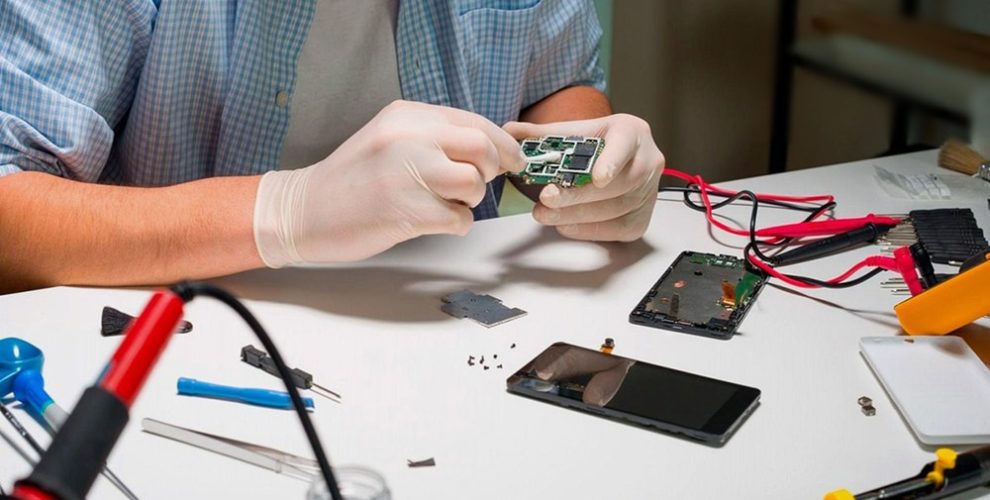WiFi is an abbreviation for “wireless fidelity,” which describes a method for establishing wireless network connections via the use of radio waves. Because of the characteristics of WiFi and how it delivers network access, malevolent hackers frequently opt to compromise a company’s WiFi network and the infrastructure devices that are associated with it to get access to the firm. Homes are another target, particularly because of the proliferation of Internet of Things (IoT) linked gadgets and appliances. Know more about wireless pentesting singapore.
Testing for wireless vulnerabilities requires six primary processes, including reconnaissance, the identification of wireless networks, vulnerability research, exploitation, reporting, and remediation. The primary purpose of carrying out these tests is to ensure the production of secure software code during its entire lifespan. The primary goal of examining this kind during a penetration test is to look for coding errors, special requirements, or a lack of understanding regarding potential cyber-attack routes.
In this post, we will concentrate our efforts on the procedures, techniques, and most popular tools used in the process of Wi-Fi penetration testing. These topics will be covered throughout the article.

What exactly is meant by the term “wireless penetration test”?
During wireless penetration testing, all of the devices that are connected to the company’s wifi will be identified, and the links between them will be investigated. These gadgets include notebooks, tablets, smartphones, and anything else that connects to the Internet through the Internet of things (IoT).Because the pen tester has to be within range of the wireless signal to access it, wireless penetration testing is normally carried out at the location of the client.
What do you hope to achieve by doing a wireless pen test?
Every legitimate penetration test need to focus largely on the vulnerabilities that may be exploited with the least amount of effort.Going for the “low-hanging fruit” is a common phrase used to describe this strategy. This is because the detected vulnerabilities provide the most dangerous and can be exploited with the least amount of effort.
When it comes to wifi networks, the access points are often the locations where vulnerabilities of this kind can be discovered.One of the most prevalent reasons for this is because there are not enough Network Access Controls in place, as well as because there is no MAC filtering.Malicious hackers get a substantial advantage over the organization if these security controls are not used to successfully boost the security of a WiFi network. Malicious hackers can use a variety of strategies and WiFi hacking tools to obtain unauthorized access to the network if these security controls are not utilized.
Conclusion
Wireless penetration testing will identify and trace every device on the company’s wifi network and examine the connections between them. Internet-enabled devices encompass laptops, tablets, smartphones, and anything else of a similar nature.











